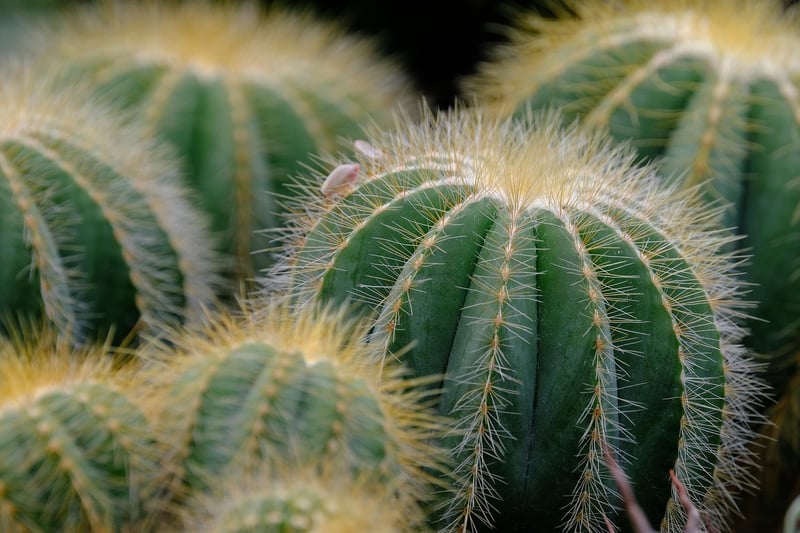Light requirements
How to Maintain Healthy Plants: Understanding Light Requirements
Proper light exposure is crucial for the health and growth of plants. Different plants have varying light requirements, so it's essential to understand these needs to ensure your plants thrive. Here's a guide to help you provide the right amount of light for your green companions:
1. Assess the Light Conditions
Before selecting plants, assess the light conditions in your space. Determine the amount of natural light available throughout the day and which areas receive direct sunlight versus indirect or low light.
2. Choose Plants According to Light Levels
Match plant species to the light levels in your home or garden. Some plants, like succulents and cacti, thrive in bright, direct sunlight, while others, such as ferns and peace lilies, prefer indirect light or shade.
3. Rotate Plants
To promote even growth, rotate your plants regularly. This ensures all sides receive adequate light exposure, preventing lopsided growth and promoting overall plant health.
4. Supplemental Lighting
If natural light is limited, consider using grow lights to supplement your plants' light needs. LED grow lights are energy-efficient and can provide the full spectrum of light required for healthy plant growth.
5. Monitor Plant Reactions
Observe how your plants respond to their light conditions. Signs of inadequate light include leggy growth, pale leaves, or lack of flowering. Adjust the placement of your plants accordingly to optimize their light exposure.
6. Prevent Light Stress
While light is essential, excessive exposure can cause stress to plants. Be mindful of intense midday sun that can scorch leaves. Provide shade during peak sunlight hours to prevent damage.
7. Seek Professional Advice
If you're unsure about the light requirements of a specific plant, consult with a local nursery or gardening expert. They can offer guidance on the best placement and care practices to ensure your plants remain healthy.

By understanding and meeting your plants' light requirements, you can create an optimal environment for their growth and well-being. With proper care and attention to light exposure, your indoor and outdoor plants will flourish and bring beauty to your surroundings.
